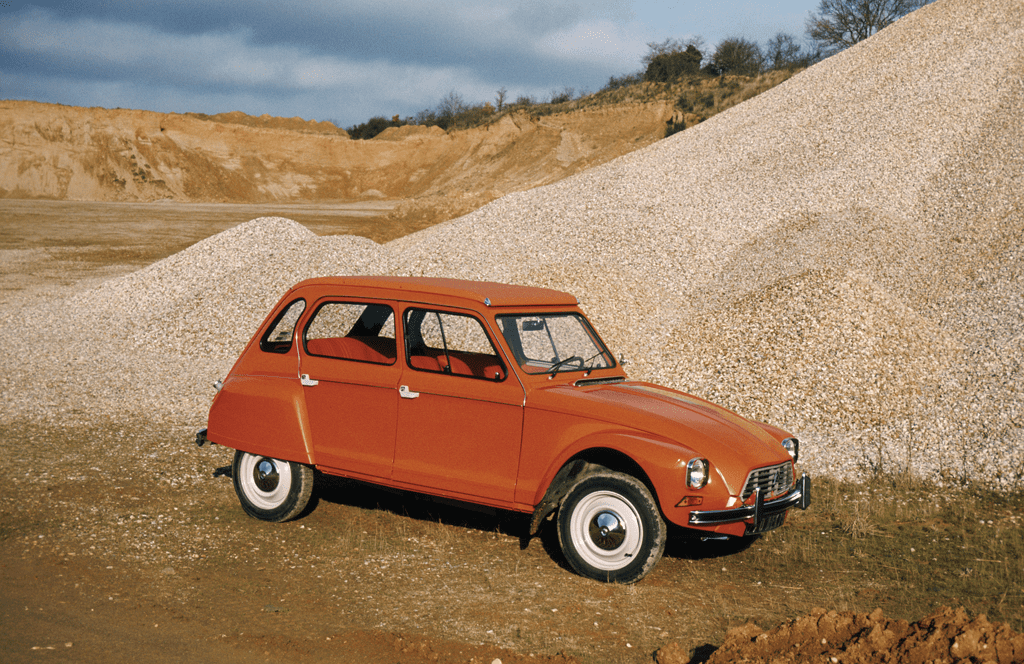

The dictum that less is more doesn’t seem to apply to cars. The number of features most of them contain is frankly ridiculous. Many of them are there to give showroom lackies things that glitter and hypnotise punters into buying. Ambient lighting is a good example. A while back I borrowed a Mercedes-Benz A-Class that had this useless feature with, if memory serves, over sixty colour permutations. Many of the colours were primary or lurid, giving the otherwise rather tasteful interior a Blackpool illuminations look. The novelty of making its facia and door panels go from Slush Puppy green to amusement arcade purple lasted about five minutes, and I suspect that anyone owning the car would quickly forget its colouring in party trick, leaving the technology that made it work to rot.
The result? Added weight, complexity and something an independent mechanic can’t fix when the car is ten years old, and its interior is, quite literally, on the blink. You could easily compile a shopping list of similarly redundant features whose reason for existence could come under the heading of ‘because we can.’
In a world of waste, the extra energy required to power and carry these gewgaws about is possibly the worst aspect of this trend, and I find it baffling that some of my colleagues salivate over this stuff, pronouncing it as ‘cool’ and ‘hip.’ The internet is stuffed with road test videos fronted by people who are younger and prettier than me simulating excitement about the latest piece of electronic catnip attached to cars that are actually quite boring.
I’d like to see the return of cars that are light and low powered, true modern inheritors of the type of engineering that gave us the Issigonis Mini, Citroën 2CV, and less likely candidates including the Mk1 Ford Cortina, which was a masterclass in lightweight structural integrity. In the sixty or so years since that car was on every high street, we’ve learned a good deal about making vehicle bodies lighter, safer and less rot prone than the square cut Cortina, which used to disintegrate before our eyes thanks to incipient rust, but along the way modern vehicles have been force fed kit that gives them obesity issues.
We’re not going back to a world where lunchbox shaped Fiat Pandas featured near hammock seats whose fabric trim could be unzipped and laundered, but a modern take on this sort of design aesthetic would make a welcome change. I suppose the last attempt to produce a car of this sort was the Indian Tata Nano, and that wasn’t the massive commercial success its makers envisaged, so what do I know?
Actually, what I know is that there would be better drivers on our roads if more of them had begun driving in light cars with little engines that required building up and sustaining momentum to keep up with other traffic and didn’t provide the instant access to power and torque that makes drivers lazy and perhaps less aware of their surroundings and what other road users are doing.
The first two cars I owned both had tiny, air cooled twin cylinder engines. The first was an egg shaped, 599cc Honda Z600 Coupé whose engine was a light alloy and roller bearing work of art. The second was a 435cc Citroën Dyane, whose boxer motor had the power curve of a cement mixer and a go on forever chugging indomitability that allowed this tinny little car to plug away for mile after mile.
Once you’d got these motoring oddballs rolling you were always on the lookout for other vehicles, animals, pedestrians and general impedimenta that might slow you down, as once lost, re-gaining momentum was often a slow process that had to be worked for by dropping gears and winding up small, vibratory engines. You were more aware of your surroundings because they had the potential to impact directly on your progress, and that made for improved safety because you weren’t divorced from the world through which you were travelling, cocooned in an ambient lit metal and glass bubble.
Modern cars are safer, cleaner and generally better than the ones I grew up with, but many of them are little more than easy-to-use consumer durables, with power and dynamic characteristics that could get their drivers out of trouble, but also breed the kind of complacency that might put them in harm’s way in the first place.
© Motorworld Media 2023
Registered Office: 4 Capricorn Centre, Cranes Farm Road, Basildon, Essex. SS14 3JJ
Company Number: 8818356
Website designed by Steve Dawson
One Response
I could not agree more…the current appetite for classics and restomods demonstrates that a growing number of other people also feel the same…..